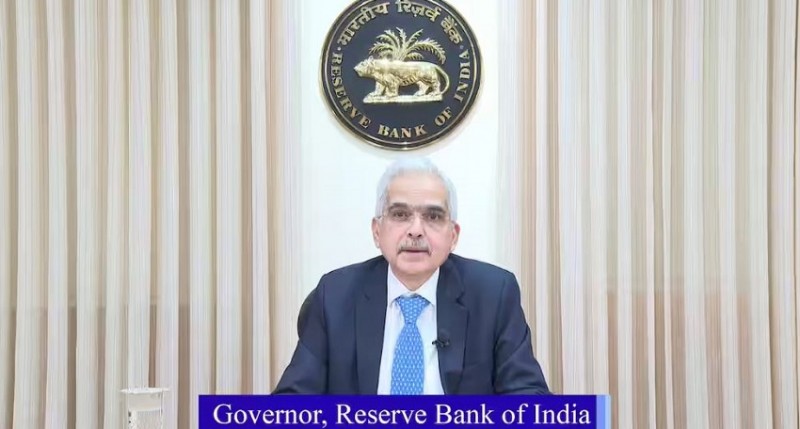
The Reserve Bank of India (RBI) has decided to keep the repo rate, which is the key lending rate, unchanged at 6.5%. This announcement was made by Governor Shaktikanta Das during the Monetary Policy Committee (MPC) meeting on Wednesday. The MPC also unanimously shifted its stance from "withdrawal of accommodation" to "neutral," aiming to focus on fostering economic growth.
India has experienced strong economic growth in recent quarters. A report from the State Bank of India (SBI) highlights that domestic conditions are crucial in guiding the RBI's monetary policy decisions. The report argues that since India's growth is potentially higher than its long-term output, maintaining the current interest rate is justified. “Domestic conditions are paramount, and with robust growth, higher than potential output, the case for a pause exists,” the report states.
In the first quarter of FY2025, the growth rate stood at 6.7%, slightly below the RBI's projection of 7%. Although this still reflects strong growth, the slight dip has raised concerns. Key indicators, including vehicle sales, cement volumes, and Goods and Services Tax (GST) collections, have also shown a decline, indicating a slowdown in economic activity.
One significant reason the RBI refrained from cutting rates is inflation. While inflation has eased from its peak, the RBI remains cautious about its sustainability. Additionally, global risks, particularly rising geopolitical tensions in West Asia, could lead to increased oil prices and pressure domestic inflation.
According to a poll of economists, 80% expected the RBI to keep the repo rate unchanged, marking the tenth consecutive meeting without any rate cuts.
In the current fiscal year, some experts, like CRISIL's Principal Economist Dipti Deshpande, anticipate two rate cuts, with the first possibly occurring in October, unless geopolitical risks alter that decision. Deshpande noted that lower inflation this fiscal year, compared to the last, should allow for easing monetary policy. The good monsoon and healthy kharif sowing are expected to help reduce food inflation, thereby positively impacting the overall inflation outlook.
The October meeting marked the first for the newly appointed external members of the MPC: Ram Singh, Saugata Bhattacharya, and Nagesh Kumar.
While the focus remains on the domestic economy, global developments cannot be overlooked. Recently, the US Federal Reserve began cutting rates, a move anticipated to influence the RBI's policy decisions. Historically, the RBI's monetary policy has been affected by global trends, especially those from major economies like the US and the Eurozone. These factors, combined with a tight fiscal policy, suggest a potential weakening in domestic demand, raising questions about India's ability to sustain its growth momentum.
RBI's October Monetary Policy Meet: Status Quo Expected, Hints of Future Easing Loom
Will RBI Keep Repo Rate Unchanged for the 10th Time?
Bank of America Predicts India's Forex Reserves to Reach $745 Billion by March 2026